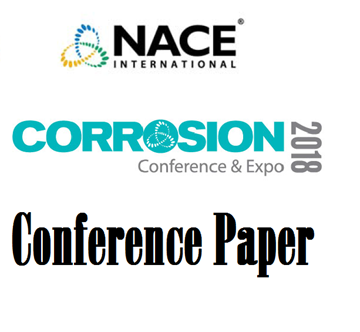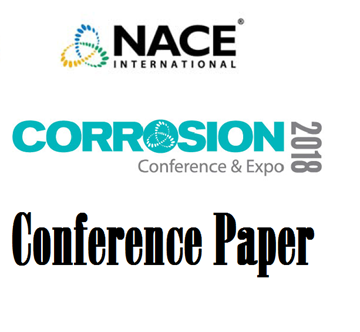Search
51315-6146-Predictive Modelling in CO2 and H2S Containing Environment
Also Purchased
51315-5718-H2S + CO2 Corrosion: Additional Learnings from Field Experience
Product Number:
51315-5718-SG
ISBN:
5718 2015 CP
Publication Date:
2015
$20.00
51318-10990-Localized Corrosion of Mild Steel under Iron Sulfide Layers in CO2/H2S Environment
Product Number:
51318-10990-SG
Publication Date:
2018
$20.00
51318-11193-Corrosion Inhibition of Carbon Steel under Supercritical CO2/H2S Environment
Product Number:
51318-11193-SG
Publication Date:
2018
$20.00




